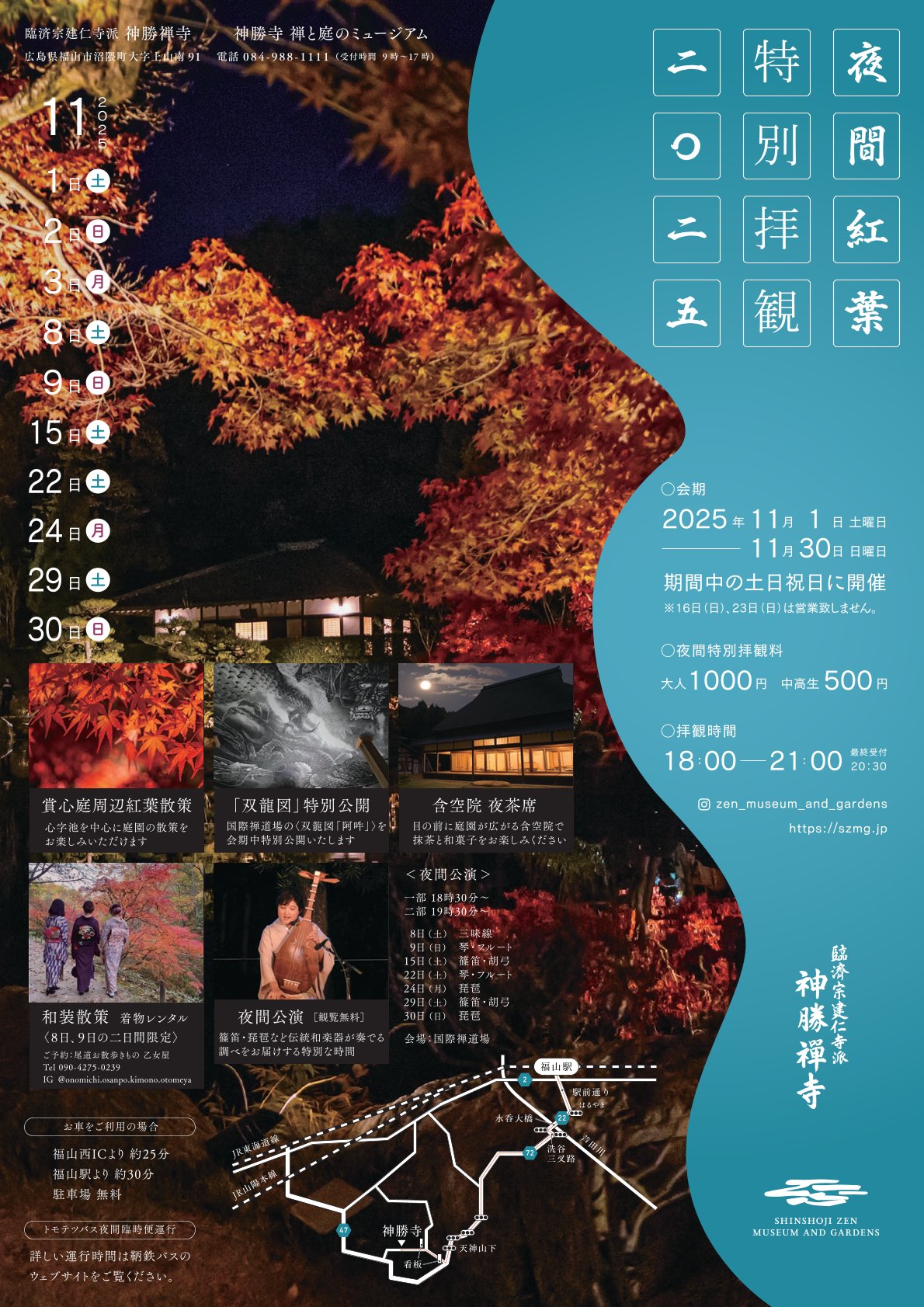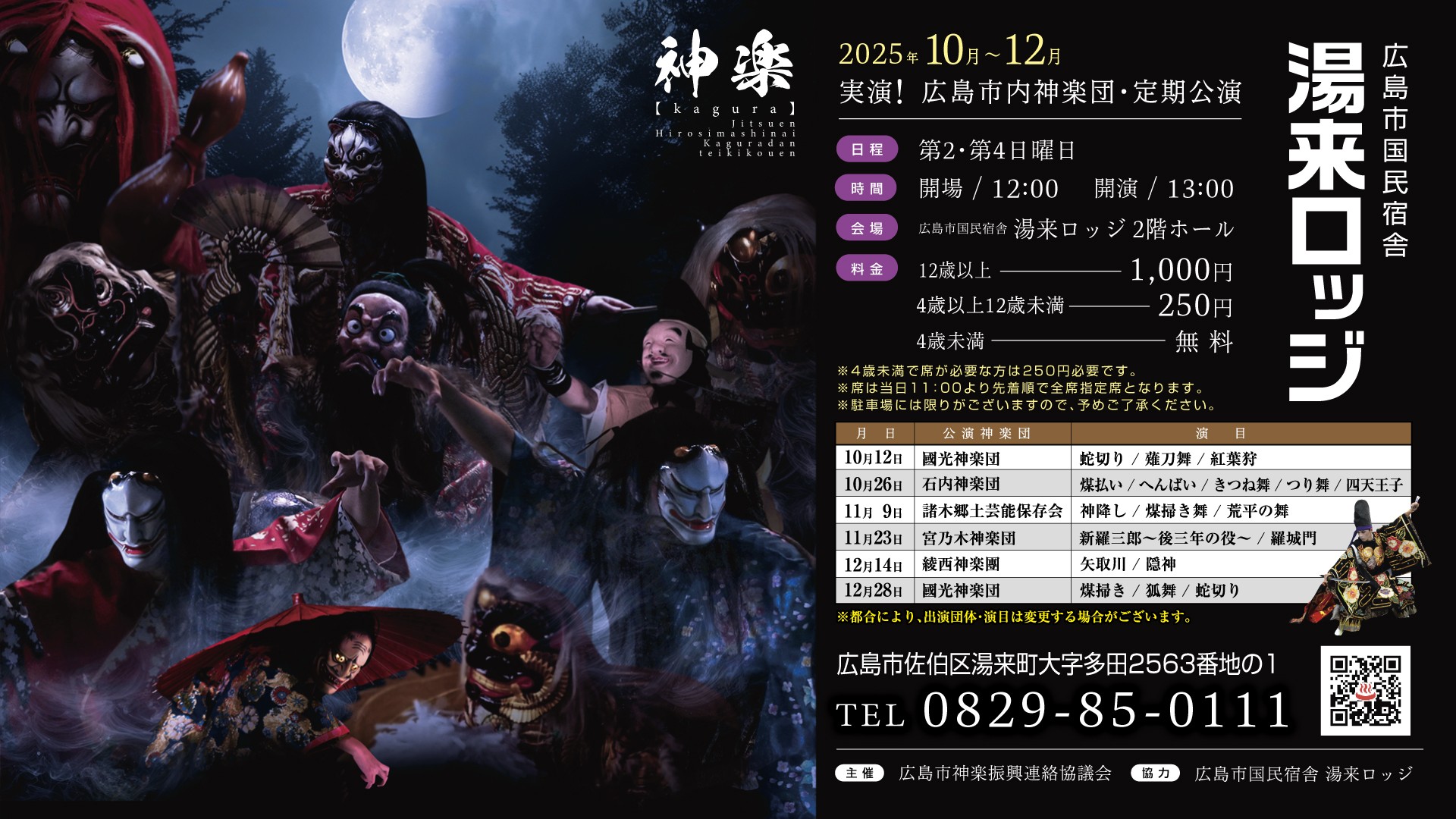TODAY’S HIROSHIMA
11/18
TUE
Sea side
(Surrounding areas of Hiroshima City)
0℃
Mountain side
(Around Shobara City)
0℃
Weekly trend information
- Activities
- Cycling
- Kagura
- Regular performances are being held now.
- Seasonal Flower
- Cosmos
Let’s go see the scenery only autumn can offer!

Dive! Hiroshima Official Guide
- Explore Hiroshima's Must-See Spots: Tripadvisor's Top Recommendations!
- If it's your first trip to Hiroshima, here are the recommended classic sightseeing spots in Hiroshima!
- Hiroshima gourmet trip! 7 must-try local delicacies | #HIT editorial department
- A power spot that will soothe your soul: World Heritage Site "Itsukushima Shrine"
- Start your Hiroshima trip here! Visit the World Heritage Site "Atomic Bomb Dome" and other peace spots
- Be comforted by the beautiful scenery of Setouchi and the rabbits! Okunoshima Healing Trip
- The Setouchi Shimanami Kaido is one of the most scenic roads in the world. Recommended spots and gourmet food for touring the islands
- The symbol of Hiroshima! How to walk around Hiroshima Castle, where you can encounter history and spectacular views
- Hiroshima Highlights: A Curated Guide by GetYourGuide
- #Attention
- #Attention

If it's your first trip to Hiroshima, here are the recommended classic sightseeing spots in Hiroshima!
Recommendation Standard History/ Culture Nature World Heritages Cycling Spring Summer Autumn Winter

Hiroshima elevates your Japan stay: Tripadvisor's Top Recommendations!
Tripadvisor

Be comforted by the beautiful scenery of Setouchi and the rabbits! Okunoshima Healing Trip
Healing Nature Spring Summer Autumn Winter

Start your Hiroshima trip here! Visit the World Heritage Site "Atomic Bomb Dome" and other peace spots
History/ Culture Spring Summer Autumn Winter

Must-See Sports Action in Hiroshima
Professional sports

The Setouchi Shimanami Kaido is one of the most scenic roads in the world. Recommended spots and gourmet food for touring the islands
Nature Cycling Spring Summer Autumn Winter

HIROSHIMA KAGURA
HIROSHIMA KAGURA

A power spot that will soothe your soul: World Heritage Site "Itsukushima Shrine"
History/ Culture Recommendation Spring Summer Autumn Winter
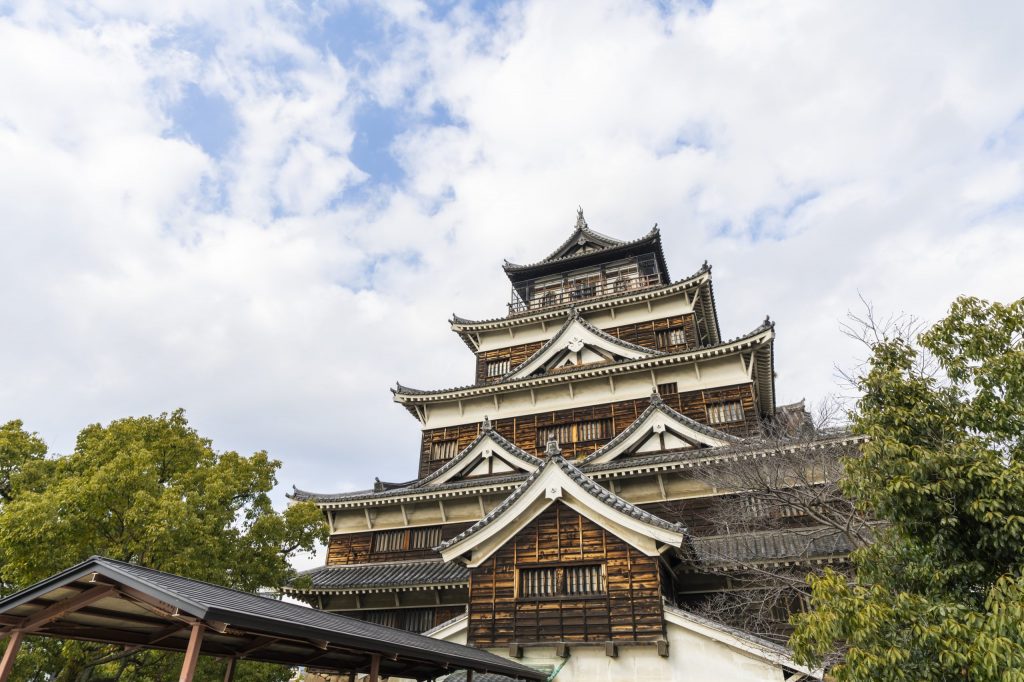
The symbol of Hiroshima! How to walk around Hiroshima Castle, where you can encounter history and spectacular views
History/ Culture Learning/ Experiencing Spring Summer Autumn Winter

WANTED! Hiroshima Tourism Ambassadors!
Discover more of Hiroshima's charm Disseminate the charm of Hiroshima Increase the number of friends who convey the charm of Hiroshima
Special Feature
Recommended route
About the Destinaton
More than 2,500 places are posted, from royal roads to deep Spots!

Itsukushima Shrine
A magnificent shrine built on the sea, which is rare in the world
With a bold and original layout that borders the sea, this is one of Japan's most famous shrines, showcasing the pinnacle of Heian-period shinden-zukuri architecture. It was built in its current form by Taira no Kiyomori in the 12th century. The grounds, which are located on a shallow beach, create an elegant sight at high tide, as if they were floating on the sea. The contrast with the greenery that spreads out behind them is also exceptionally beautiful. It was registered as a World Heritage Site in 1996.

Atomic Bomb Dome (Former Hiroshima Prefectural Industrial Promotion Hall)
A symbol that appeals to the world about the abolition of nuclear weapons and the importance of peace
In December 1996, at the 20th UNESCO World Heritage Committee Meeting in Mérida, it was registered as a World Heritage Site as a building that conveys the devastation of nuclear weapons. The designated area is the area where the Atomic Bomb Dome is located, approximately 0.39 hectares. The Atomic Bomb Dome was built in 1915 as a facility for displaying and selling products from Hiroshima Prefecture, and also hosted Hiroshima Prefectural Art Exhibitions and Expositions. When it was first established, it was called the "Hiroshima Prefectural Products Exhibition Hall," but was later renamed the "Hiroshima Prefectural Products Exhibition Center," and in 1933, the "Hiroshima Prefectural Industrial Promotion Hall." It was designed by Czech architect Jan Letzel, and the structure was made of brick with some steel frames, with the exterior being made of stone and mortar. The building is three stories tall, with a five-story staircase in the center of the front, and an elliptical copper dome (long axis approximately 11m, short axis approximately 8m, height 4m) on top. At that time in Hiroshima, most of the buildings in the city center were two-story wooden structures, and these bold European-style buildings were very rare. Combined with the modern beauty reflected on the river surface, these buildings were counted as one of Hiroshima's famous landmarks. At 8:15 a.m. on August 6, 1945, the first atomic bomb in human history exploded about 160 meters southeast of the Hiroshima Prefectural Industrial Promotion Hall, at an altitude of about 600 meters. The blast pressure was 35 tons per square meter, and the wind speed was 440 meters. The building was hit by the blast and heat rays, and was completely destroyed, with fire spewing from the ceiling. As the blast acted almost vertically, the center of the main building miraculously escaped collapse, but everyone inside the building was killed instantly. After the war, the remains of the former Industrial Promotion Hall came to be called the Atomic Bomb Dome by local residents because of the dome on the top and the shape of the steel frame. In 1953, Hiroshima Prefecture transferred the Atomic Bomb Dome to Hiroshima City, and in July 1966, the Hiroshima City Council passed a resolution to preserve the Atomic Bomb Dome. Since then, the building has deteriorated, and four large-scale preservation works have been carried out with the help of donations from both within and outside of Japan. In addition, as a result of a wide range of citizen movements, including the city, city council, and citizens, it was designated a national historic site in June 1995, and the Agency for Cultural Affairs applied to UNESCO for registration on the World Heritage List. In December 1996, it was registered as a World Cultural Heritage Site. Today, the remains of the devastation at the time of the bombing serve as a symbol of No More Hiroshima, and a timeless symbol of the importance of the abolition of nuclear weapons and permanent peace to the world. Please note that you cannot enter the Atomic Bomb Dome. It is not a facility that you can enter, so you can only view it from the outside.

Senkoji Temple
A panoramic view of Hiroshima's proud Japanese heritage Onomichi City from the precincts
Daiho-san Gongen-in Senkoji Temple is located 140m above sea level on the middle slope of Mt. Daiho, overlooking Onomichi Port. It was founded by Kobo Daishi (806) and is said to have been restored by Tada Mitsunaka. The vermilion-painted main hall (1686) with its unusual stage structure is also known as the "Red Hall," and Fumiko Hayashi wrote in her wanderings that "you can see the red Senkoji Temple tower." The "Red Hall," "Tama-no-Iwa," and the "Bell Tower," which was selected as one of the "100 Soundscapes of Japan to be Preserved," are symbols of the temple.
Special Scenic Spot Sandan Gorge
National Special Place of Scenic Sandankyo
Sandankyo is a large canyon located in the Nishi-Chugoku-Sanchi Quasi-National Park, stretching for about 16 kilometers, where you can enjoy one of the most condensed beauty of the canyon in Western Japan. There are many attractions in the canyon, such as Kurobuchi, Sarutobi, Nidan-taki, and Sandan-taki. It is also famous as a famous spot for viewing autumn leaves (late October to late November). There are two ferry boats in Sandankyo, Kurobuchi and Sarutobi, and the view from the ferry boats is completely different from that from the promenade. *Nidandaki can only be reached by taking the Sarutobi ferry boat. There are also two therapy roads in Sandankyo. Kayaking and SUP are also popular, and there are plenty of activities to enjoy the great outdoors. For the latest information on the walkable sections of the Sandankyo Promenade, please check the link below.
https://cs-akiota.or.jp/news/tuukoudome-2/ Ferry operation status The two ferries in the gorge may be suspended due to weather or water levels, so please check in advance before setting off. https://cs-akiota.or.jp/news/sandankyo-close44/ 
Hiroshima castle
The castle was built by Terumoto Mori and became the base of the Hiroshima clan, changing hands between the Fukushima clan and the Asano clan.
*Hiroshima Castle's main tower will close in March 2026 due to aging and other reasons. The exterior of the main tower will remain open to the public even after the closure. Construction of Hiroshima Castle began in 1589 (Tensho 17) by Mori Terumoto, who ruled over most of the Chugoku region. It was built in this location, with convenient land and water transportation. At this time, large-scale construction work was carried out, including the stone walls, moat, buildings such as the main tower, and the castle town. The Mori clan was transferred after the Battle of Sekigahara, but during the Edo period, it became the castle residence of 12 generations of the Asano clan, including Fukushima Masanori and Asano Nagaakira. The main tower and several other buildings remained even after the Meiji period, but were completely destroyed by the atomic bomb. The main tower was rebuilt in 1958 (Showa 33). It is now a museum showcasing Hiroshima's history through documents and models, and hosts approximately six special exhibitions per year, as well as various outreach programs. In 1994, the Hira Yagura, Tamon Yagura, and Taiko Yagura were completed, restoring the original appearance of Ninomaru.

Okunoshima
Rabbit lovers will love the so-called "Rabbit Island"
It is about a 15-minute boat ride from Tadanoumi Port in Takehara City. This small island, about 4km in circumference, was once called the "island that disappeared from the map" because of the presence of a poison gas factory. It is now designated as a national park and is known for its 500-600 rabbits, and many tourists from Japan and abroad visit the island to find healing. On the island, there are facilities such as Kyukamura Okunoshima, where you can enjoy hot springs, local cuisine, and more, as well as the Poison Gas Museum and Okunoshima Visitor Center. At Kyukamura Okunoshima, you can also enjoy camping, cycling, tennis, and fishing, and in the summer, the beach and outdoor pool are also open. This is an island where you can spend a relaxing time interacting with rabbits in the beautiful nature of the Seto Inland Sea.

Saijo Sake Brewery Street
Let's tour the sake breweries of Saijo, the Sake Capital, one of Japan's famous brewing regions.
Aki-Saijo is known as a famous sake-brewing region, along with Nada and Fushimi, and seven breweries are still brewing around JR Saijo Station. Sake Brewery Street, which has been certified as one of the 33 Modern Industrial Heritage Sites by the Ministry of Economy, Trade and Industry, offers a unique landscape of red brick chimneys, red tile roofs, "namako walls" and white walls. During the sake brewing season, the soft aroma of sake envelops the street, giving it an even more charming feel. Some breweries also offer sake tastings and sales, and you can even taste the brewing water used in sake brewing. There are also cafes and restaurants that have been renovated from sake breweries, and shops that serve sweets and dishes made with sake and its brewing water, making this a town where you can enjoy sake to the fullest. The "Saijo Sake Brewery Street Tourist Information Center" (west building of the Kugurimon Gate) is open as a rest area for visitors to the sake brewery district, so you can refresh your body after a long walk.

Miyoshi Ukai
Miyoshi's summer feature
Cormorant fishing is a seasonal feature of summer in Miyoshi. It is a traditional fishing method that takes advantage of the cormorant's habit of diving to catch fish, and is mentioned in the Kojiki and other books. It was designated an Intangible Folk Cultural Property of Hiroshima Prefecture on April 27, 2015. It is held every year for three months from June to September on the Basen River in Miyoshi City, and you can enjoy the mysterious historical scenery from a pleasure boat.
Trend Information
Introducing the four seasons and seasonal Events in Hiroshima!
News

Hiroshima elevates your Japan stay: Tripadvisor's Top Recommendations!
- #Attention

Etajimasou has received 3 crowns at the “World Luxury Hotel Awards 2024,” the pinnacle of the luxury hotel industry.
- #Attention

[Notice from Hiroshima Peace Memorial Museum] Recommended Admission Guide
- #Notice

Hiroshima Highlights: A Curated Guide by GetYourGuide
- #Notice

Simose Art Museum selected as the “World's Most Beautiful Museum” in 2024!
- #Attention

[Important] Introduction of a ticket purchase/reservation system using the web (information)
- #Notice
[Important] About the closure of the Hiroshima Peace Memorial Museum
- #Notice

Through the Eyes of the World (PR Video for Hiroshima Peace Tourism)
- #Attention


-1024x576.png)

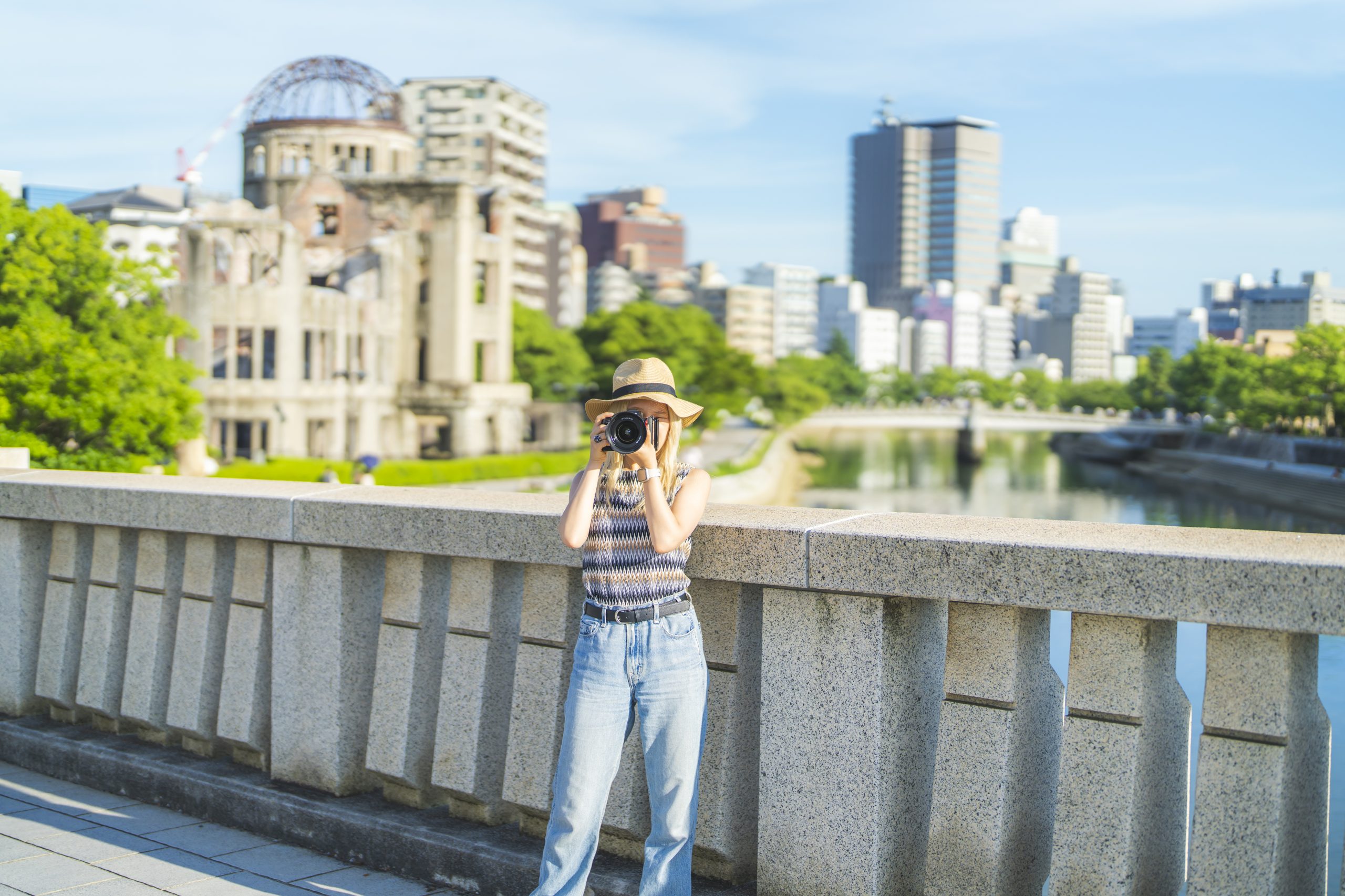
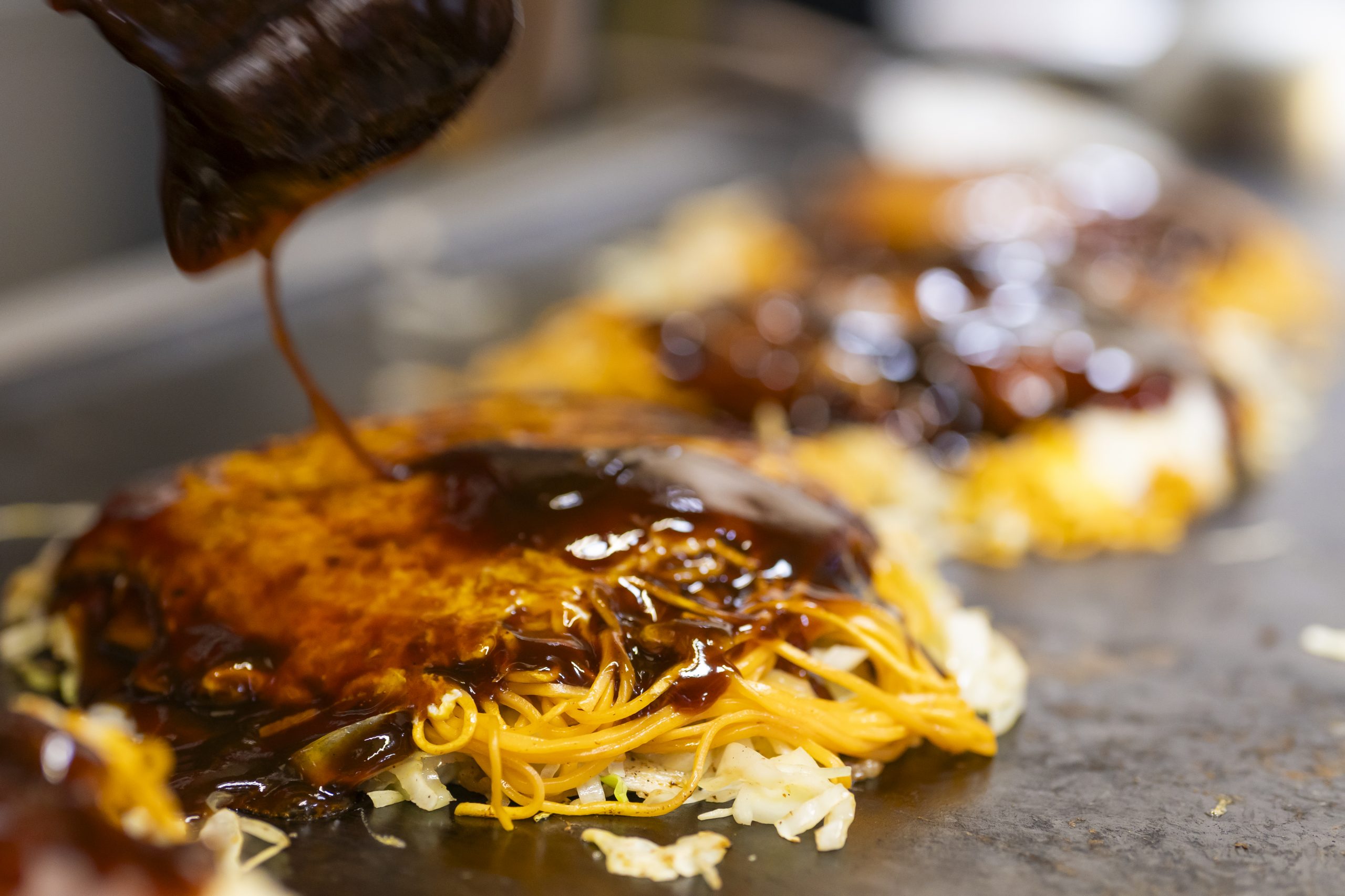
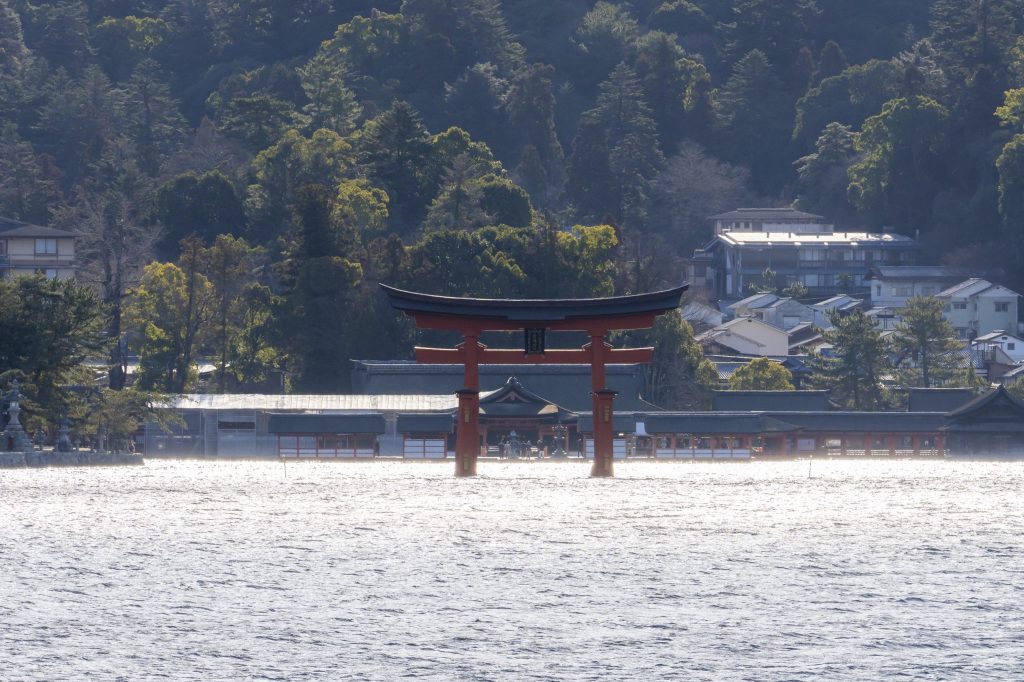
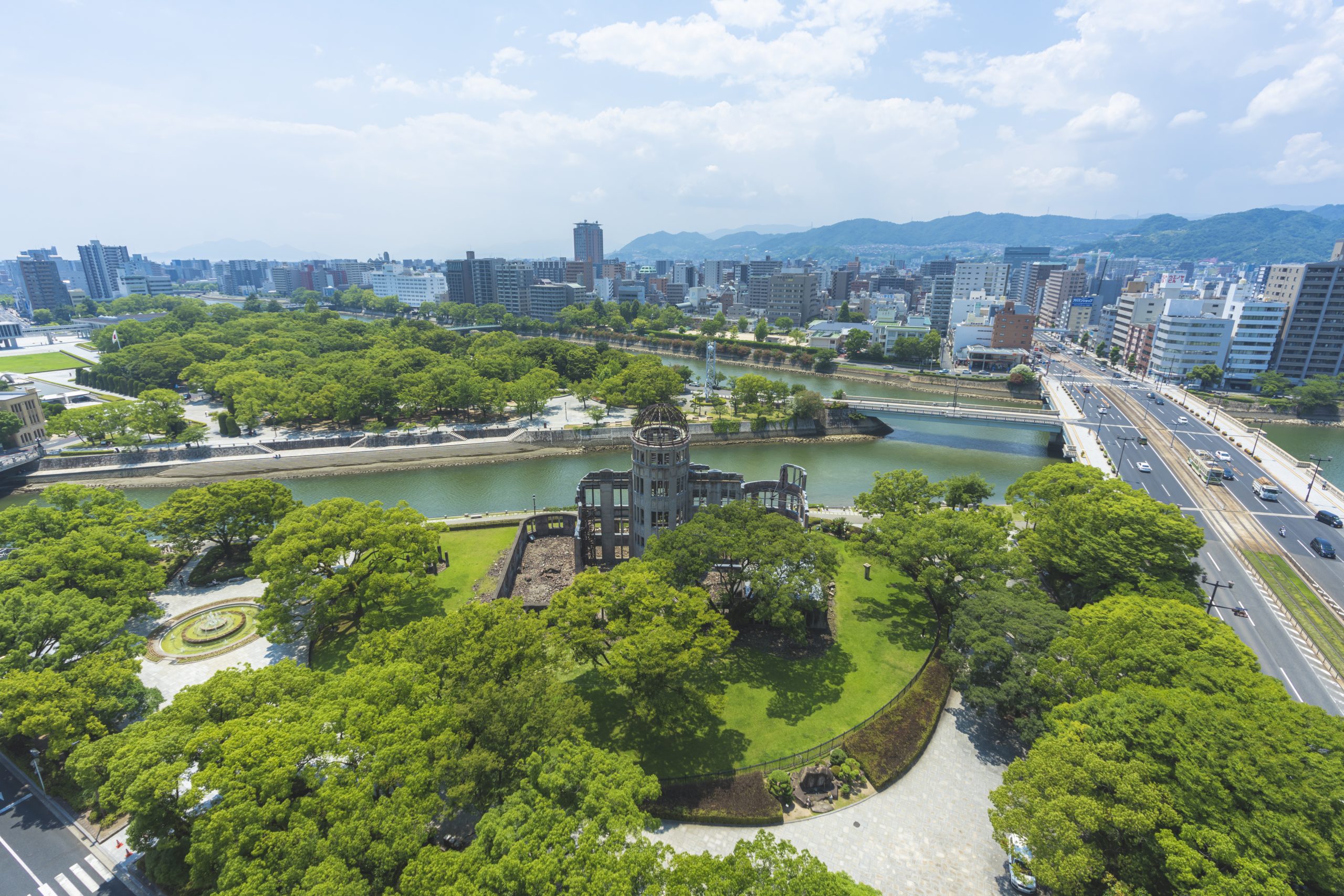



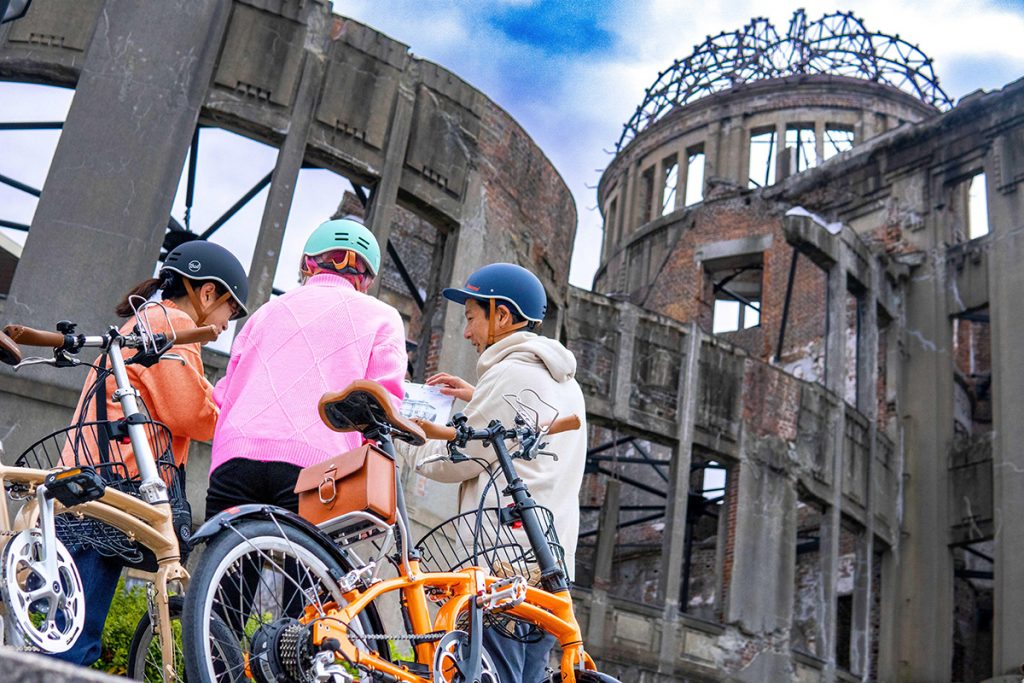






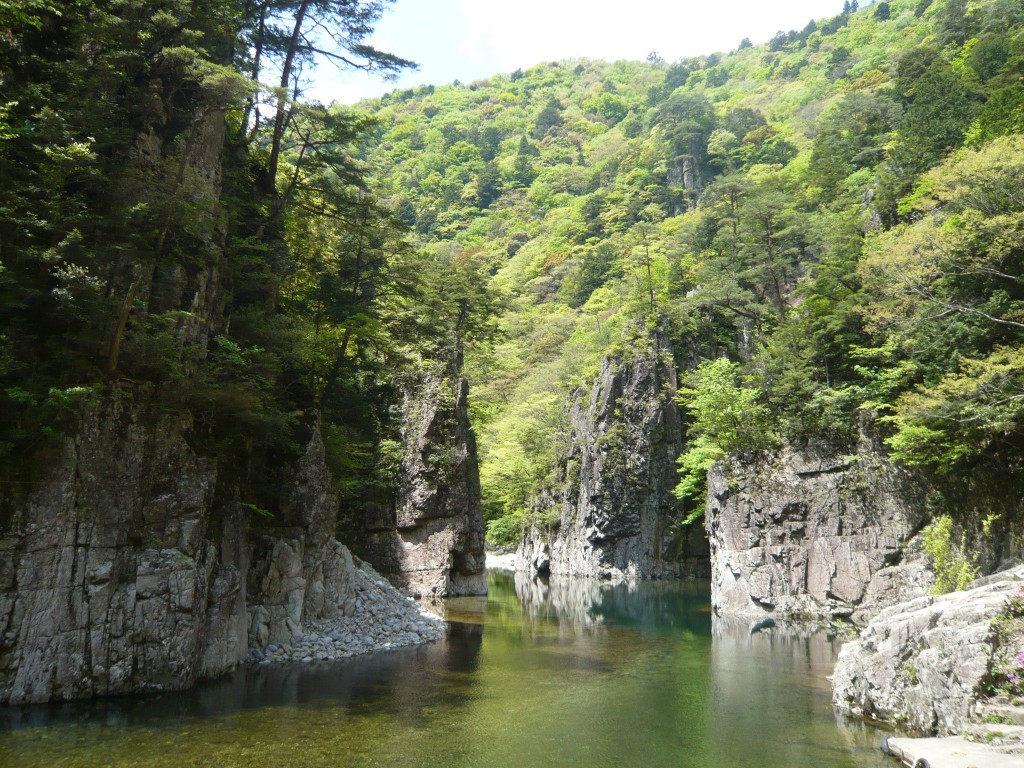
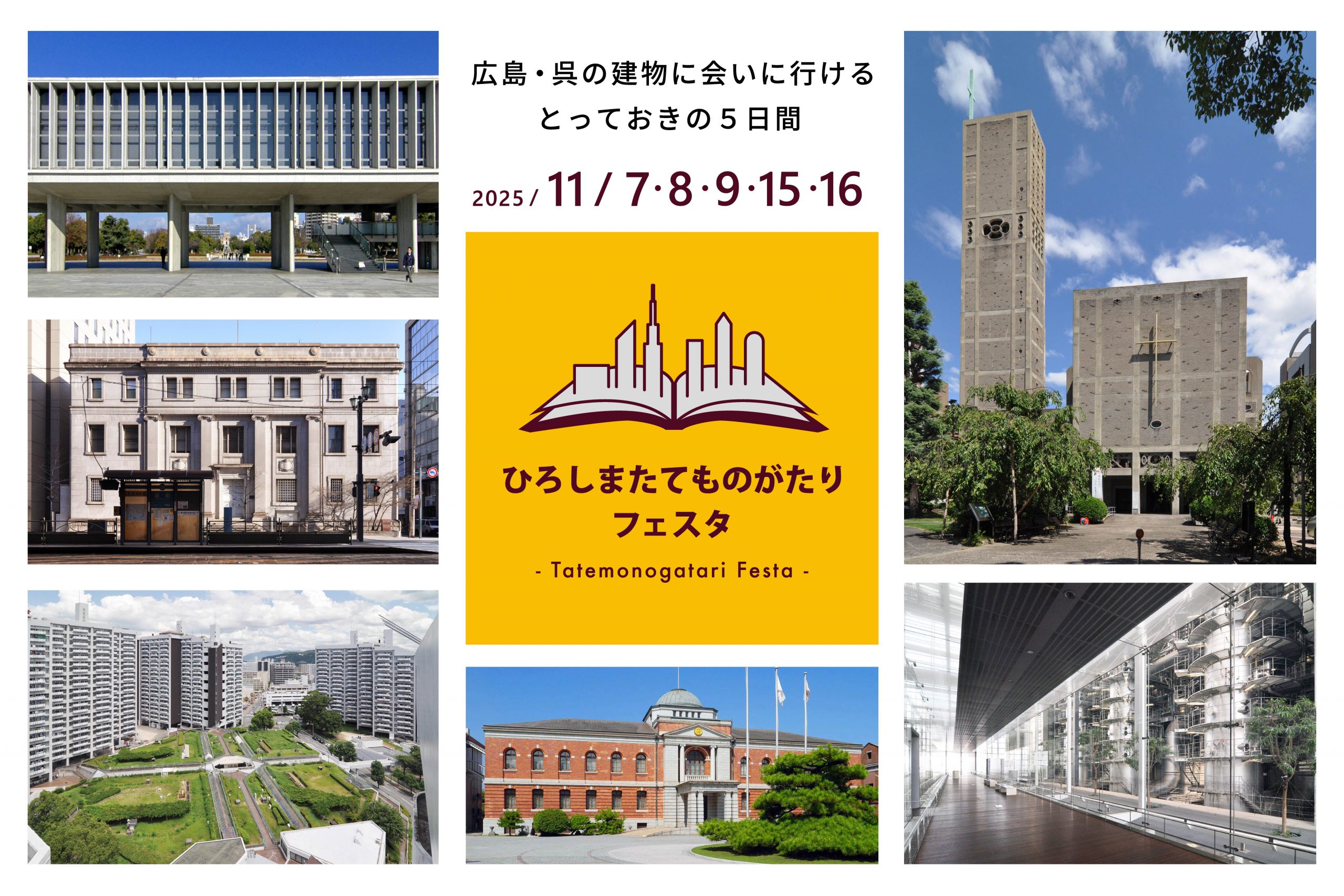

.png)
